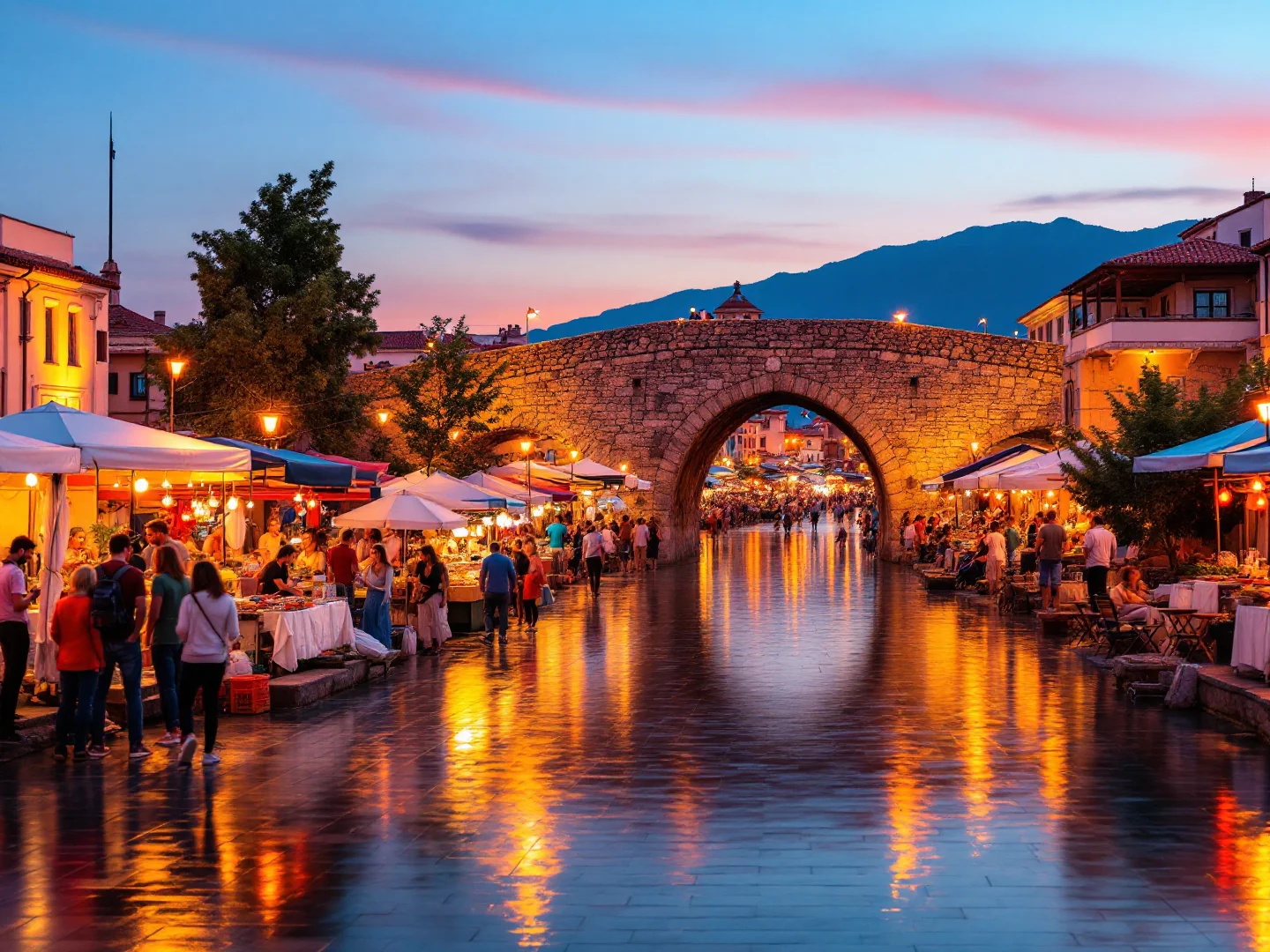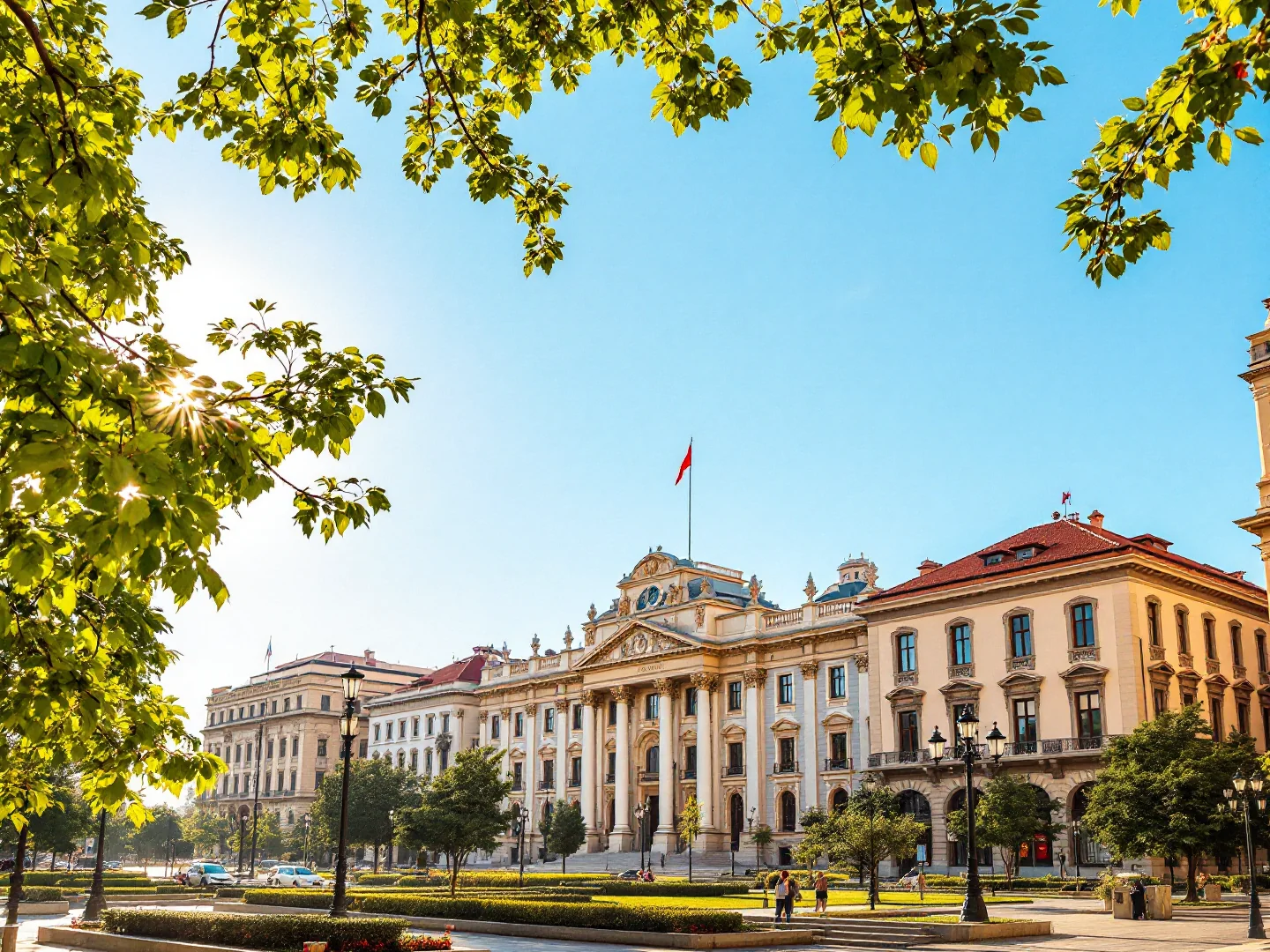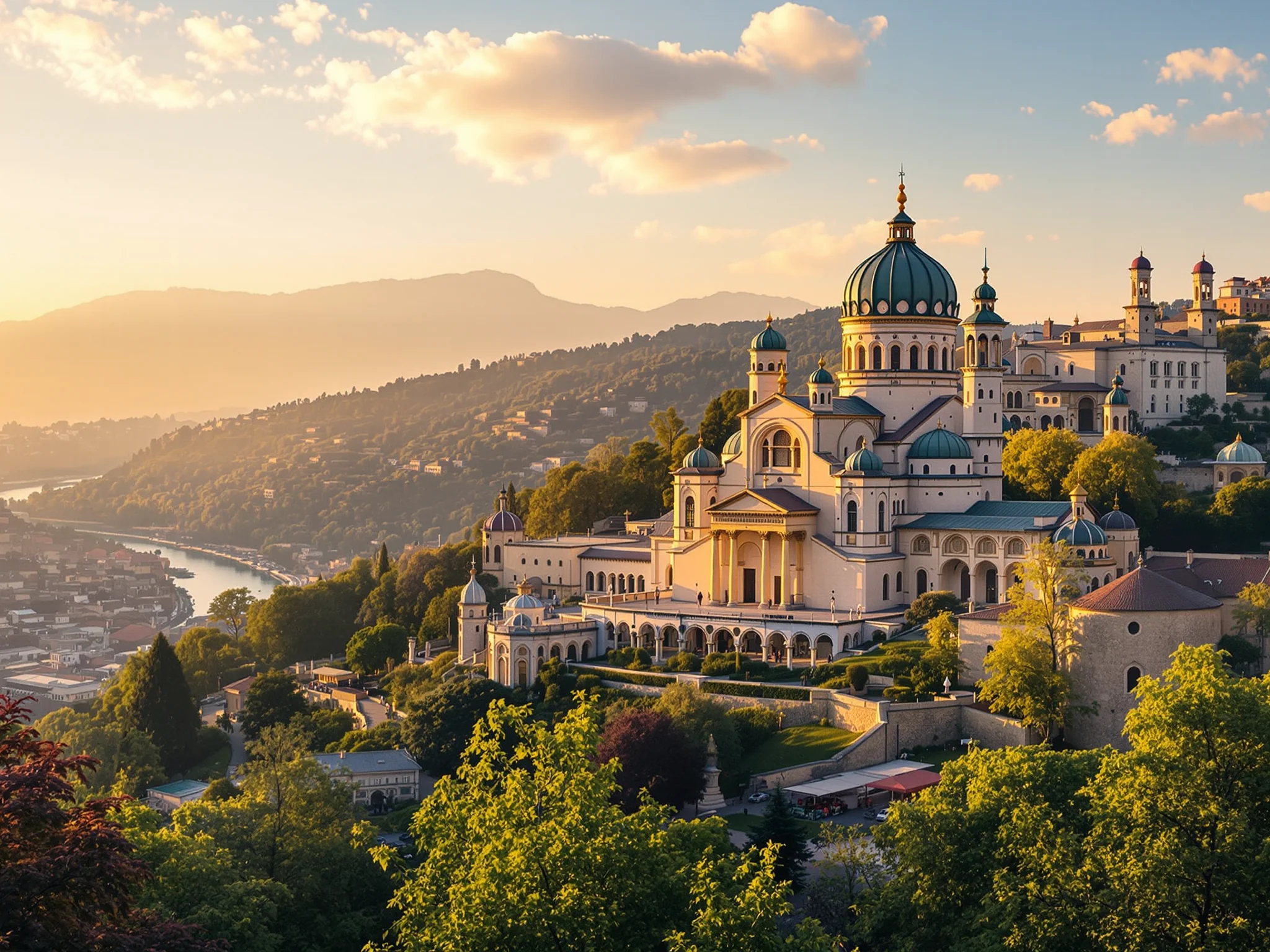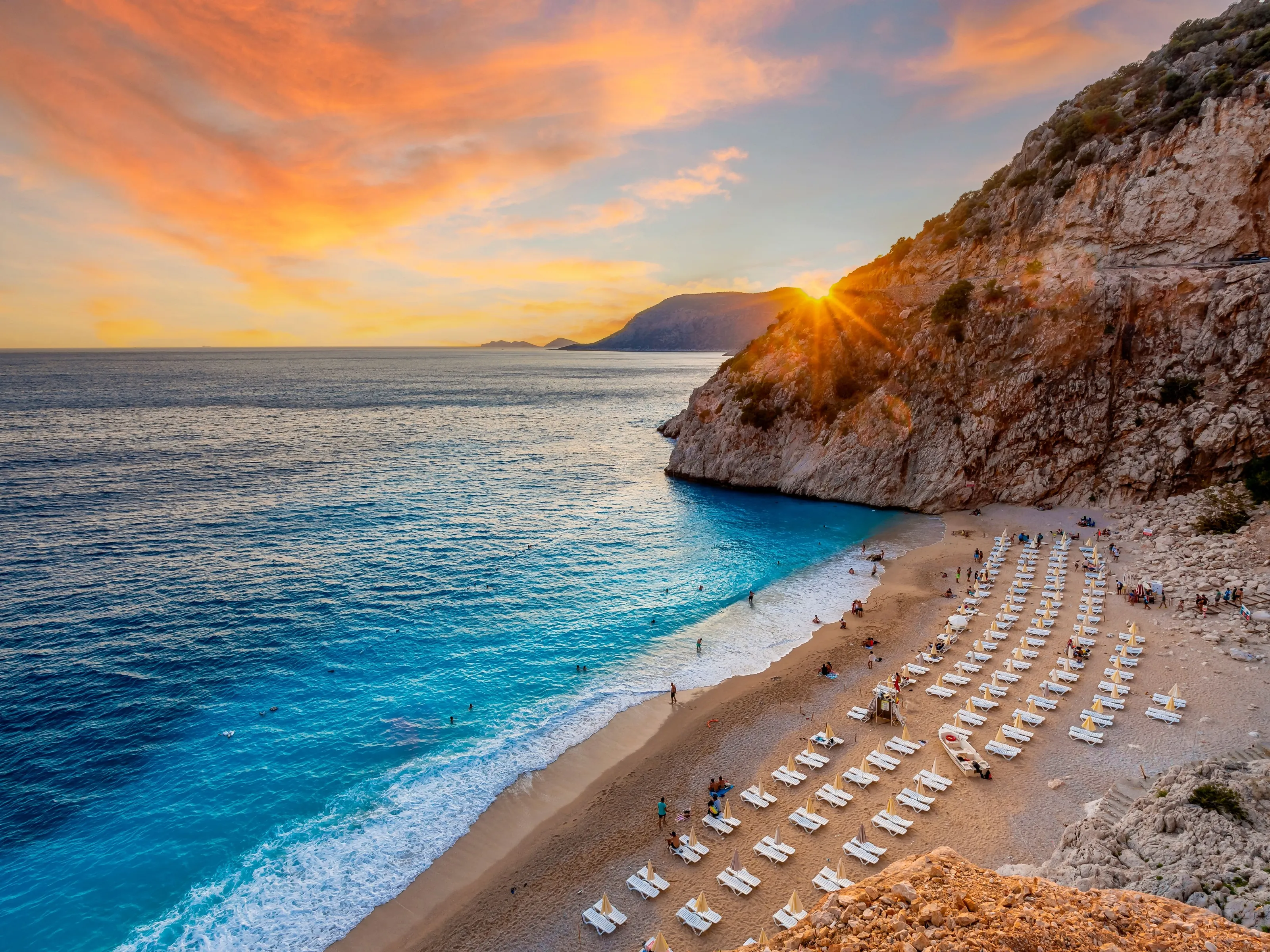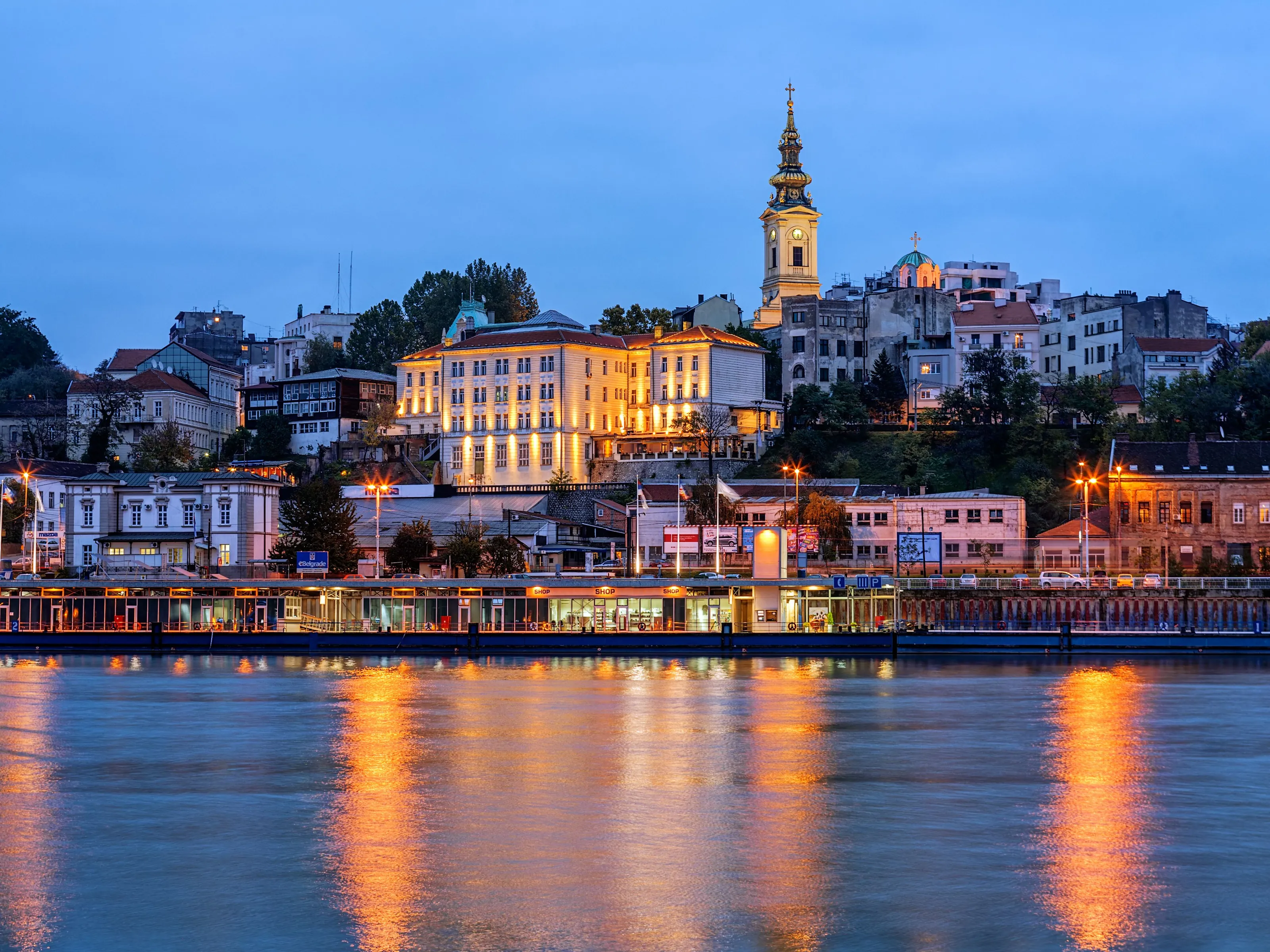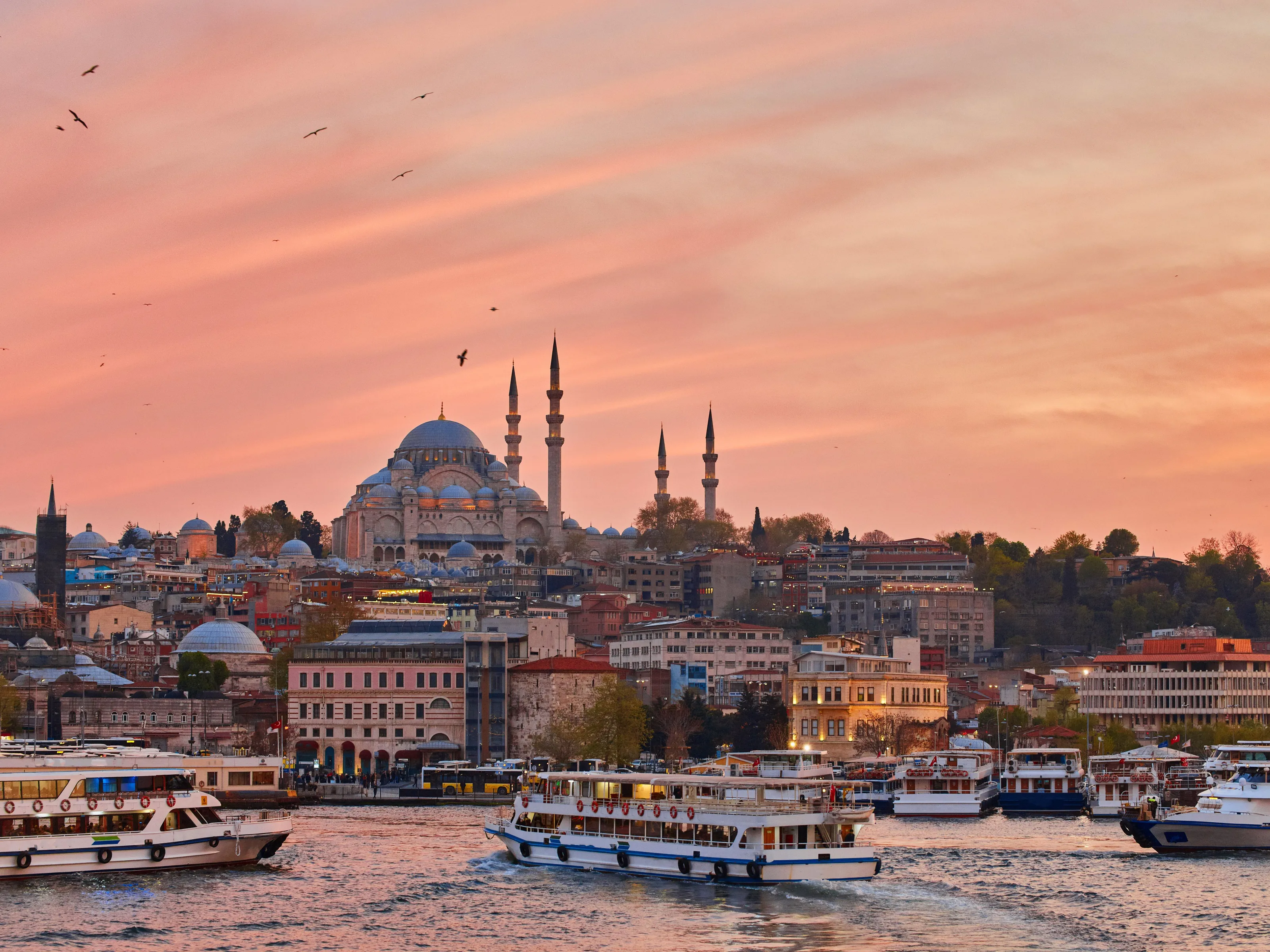Why Visit Plovdiv?
Plovdiv captivates as Europe's oldest continuously inhabited city where Roman amphitheater hosts summer concerts beneath 2nd-century marble seats, cobblestoned Old Town preserves Bulgarian National Revival mansions painted in vivid blues and ochres, and Kapana Creative District buzzes with street art, craft breweries, and bohemian cafés. This Thracian city (pop. ~330,000 in city, ~540,000-675,000 metro) built on seven hills (Plovdiv's 'tepe' heritage) claims 8,000 years of continuous settlement—older than Rome, Athens, or Constantinople.
The Roman Theater (7-8 BGN/~$4–$4 3,000 capacity) remarkably intact offers panoramic views across modern city to Rhodope Mountains, while Stadium of Philippopolis' partial remains hide beneath pedestrian Dzhumaya Square. Old Town (Staria Grad) climbs Nebet Tepe hill with National Revival architecture—Balabanov House, Hindliyan House showcasing 19th-century merchant wealth with ornate wooden ceilings and period furnishings (around 7 BGN/~$4 each). Yet Plovdiv's soul thrives in Kapana ('The Trap') quarter's narrow lanes transformed from decaying craft workshops to hip neighborhood—street art murals, vintage shops, specialty coffee, and craft beer at Pavaj or Agora.
The pedestrian Glavnata (Main Street) stretches with shops, cafés, and Dzhumaya Mosque's Ottoman minaret. Nebet Tepe hill (free) offers sunset views where Thracian fortifications, Roman walls, and Ottoman remains layer 8,000 years. Food scene celebrates Bulgarian classics: kavarma stewed meat, shopska salad with white cheese, banitsa cheese pastry, and Thracian wines from Rhodope vineyards.
Day trips reach Bachkovo Monastery (30km, BGN 2 entry), Asen's Fortress (60km), and Thracian wine region tastings (BGN 30-50 tours). Visit April-October for 15-30°C weather perfect for theater concerts and outdoor cafés. With dirt-cheap prices ($38–$65/day), European Capital of Culture 2019 legacy, authentic Bulgarian culture minus Sofia's capital edge, and Rhodope mountain backdrop, Plovdiv delivers underrated Balkan sophistication mixing millennia of history with creative contemporary energy.
What to Do
Ancient Plovdiv
Roman Amphitheater of Philippopolis
Remarkably intact 2nd-century theater discovered by accident in 1972 during construction—one of the best-preserved Roman theaters anywhere, with 3,000 seats and 20 rows of marble benches. Entry 7-8 BGN (about $4–$4) for adults (check latest price; concerts have separate ticketing). Still used for concerts and opera June-September—check schedule; attending a performance here is magical. The views over modern Plovdiv from the upper tiers show how the city has grown around ancient ruins. Visit early morning (8-9am) for dramatic side-lighting and fewer crowds, or late afternoon when sun gilds the marble. Allow 45 minutes. The on-site small museum explains the theater's history and excavation.
Stadium of Philippopolis Ruins
Partial remains of a massive 2nd-century Roman stadium (240m long, capacity 30,000) now hidden beneath Plovdiv's main pedestrian shopping street, Dzhumaya Square. Most is underground and inaccessible, but one end is exposed with seating tiers visible—free to view from above. This gives perspective on Roman Plovdiv's scale—the stadium stretched from the mosque to the post office. Info panels explain how the stadium was discovered in stages. Juxtaposition of ancient arches against cafés and shoppers is surreal. Spend 10-15 minutes here while walking the pedestrian zone.
Ancient Nebet Tepe Hill
Plovdiv's original Thracian settlement (5th century BC) on the highest of the city's tepe (hills). Free to climb and explore. The ruins—Thracian fortification walls, Roman additions, and Ottoman remains—are fragmentary but the real reward is sunset panoramas over Plovdiv's terracotta rooftops, the Rhodope Mountains, and the Maritsa River valley. Access from the Old Town via steep cobbled lanes (15 min walk). Bring water and wear good shoes. The site is essentially a park with scattered archeological remnants. Go late afternoon (1-2 hours before sunset) for best light and cooler temperatures. Very few tourists—mostly local couples and history enthusiasts.
Old Town Revival Houses
Balabanov House & Hindliyan House
Two of the most stunning examples of Bulgarian National Revival architecture (1850s)—wealthy merchant mansions with symmetrical facades, ornate wooden ceilings, frescoes, and period furniture. Tickets are around 7 BGN (~$4) each, with combo tickets (~10 BGN) sometimes available for multiple houses. Balabanov House (more impressive) has painted ceilings in every room and carved wooden panels. Hindliyan House focuses on merchant life with exhibits on trade routes. Combined visit takes about 1 hour. English info sheets available. The exteriors—painted in vivid blues, ochres, and whites with bay windows overhanging the street—are iconic Plovdiv. These houses sit on cobbled lanes in the Old Town; wandering between them through the hilly streets is half the experience.
Regional Ethnographic Museum
Housed in another magnificent Revival mansion (Kuyumdzhioglu House, 1847), this museum showcases traditional Rhodope culture—folk costumes, crafts, music instruments, and domestic life. Entry 8 BGN (~$4) for adults. The building itself—one of Bulgaria's most beautiful Revival houses with frescoes and carved ceilings—is as interesting as the exhibits. Allow 45 minutes. The museum frequently hosts live demonstrations of traditional crafts on weekends. Located on Dzhumaya Square near the Roman stadium ruins, easy to combine visits. Open Tue-Sun 9am-5:30pm.
Kapana Creative District
Kapana Street Art & Galleries
Plovdiv's 'Trap' (Kapana) neighborhood—a grid of narrow lanes that were decaying craft workshops until European Capital of Culture 2019 sparked regeneration. Now it's the city's coolest quarter with street art covering building facades, indie galleries, vintage clothing shops, and artisan studios. Free to wander—simply get lost in the lanes between Gladston and Rayko Daskalov streets. Key murals change as new artists add work, but the Wallriors Festival each June brings international street artists. Visit late afternoon into evening (4-8pm) when galleries open, cafés set out tables, and the area fills with students and creatives. The Plovdiv In Love mural is Instagram famous.
Kapana Craft Beer & Specialty Coffee
The neighborhood's renaissance includes excellent third-wave coffee shops like Dreams Bakery and Pavaj (which also serves great gastropub food and local craft beers). Agora Brewery & Kitchen offers flights of Bulgarian craft IPAs, stouts, and sours in a graffiti-walled space. Prices are refreshingly low—$2–$3 coffee, $3–$4 local beers. Atmosphere is hipster but unpretentious, with WiFi and young Plovdivians working on laptops. This is the heart of modern Bulgaria—creative, entrepreneurial, and optimistic. Evening (7-11pm) the bars fill up, live music spills from doorways, and the bohemian energy peaks.
Beyond Plovdiv
Bachkovo Monastery
Bulgaria's second-largest monastery (founded 1083), 30km south in the Rhodope foothills—a working monastery with stunning frescoes, ornate church, and peaceful courtyards. Entry around 2-4 BGN (small fee; check on arrival). Buses from Plovdiv (BGN 3, 45 min) or organized day tours including wine tasting (BGN 60-80). The monastery's refectory frescoes and outdoor murals are highlights. Modest dress required (covered shoulders, long pants/skirts—loan scarves available). The mountain setting is beautiful—hiking trails nearby. Combine with Asen's Fortress (12th-century ruins on a dramatic rocky outcrop, 20km further) if you have a car. Allow half-day for Bachkovo alone or full day for combo.
Thracian Wine Region Tasting
The Thracian Valley produces 80% of Bulgarian wine—the ancient Thracians worshipped Dionysus here for reason. Day tours from Plovdiv (BGN 100-150) visit 2-3 wineries for tastings. Bulgaria's signature grape is Mavrud (rich, tannic red). Wineries like Villa Yustina, Todoroff, and Starosel combine modern facilities with ancient winemaking traditions. Tours include cellars, vineyards, and 5-6 wine tastings with local cheeses and meats. Some offer Thracian tomb visits (UNESCO sites). DIY: rent car and drive Винена Пътека (Wine Route, marked) visiting wineries independently—most welcome walk-ins for tastings (BGN 20-40). Best May-October when vineyard visits are most scenic.
Gallery
Travel Information
Getting There
- Airports: PDV
Best Time to Visit
April, May, September, October
Climate: Warm
Weather by Month
| Month | High | Low | Rainy days | Condition |
|---|---|---|---|---|
| January | 9°C | 0°C | 2 | Good |
| February | 12°C | 2°C | 8 | Good |
| March | 14°C | 5°C | 12 | Good |
| April | 17°C | 7°C | 11 | Excellent (best) |
| May | 23°C | 13°C | 11 | Excellent (best) |
| June | 27°C | 17°C | 12 | Good |
| July | 31°C | 20°C | 4 | Good |
| August | 32°C | 21°C | 1 | Good |
| September | 29°C | 18°C | 1 | Excellent (best) |
| October | 22°C | 12°C | 6 | Excellent (best) |
| November | 13°C | 5°C | 3 | Good |
| December | 9°C | 4°C | 10 | Good |
Weather data: Open-Meteo Archive (2020-2024) • Open-Meteo.com (CC BY 4.0) • Historical avg. 2020–2024
Budget
Excludes flights
Visa Requirements
Schengen Area
💡 🌍 Traveler Tip (November 2025): Best time to visit: April, May, September, October.
Practical Information
Getting There
Plovdiv has small airport (PDV)—limited flights. Most arrive via Sofia (2hr bus, BGN 20/$11). Trains from Sofia (2.5hr, BGN 12-20/$6–$11). Buses connect Greek border (2hr), Istanbul Turkey (6hr). Plovdiv station is 1.5km from center—walk or bus/taxi.
Getting Around
Plovdiv center is compact and walkable (20 min to cross). City buses cover suburbs (BGN 1.50/$1). Most attractions within walking distance—Old Town to Kapana 10 min. Taxis via Uber or local firms (BGN 10-20/$5–$11 typical). Skip rental cars in city—parking difficult, center pedestrian-friendly.
Money & Payments
Bulgarian Lev (BGN). Exchange $1 ≈ 1.96 BGN, $1 ≈ 1.80 BGN. Pegged to Euro. Cards accepted in hotels and restaurants. Cash needed for markets, museums, small shops. ATMs plentiful. Tipping: round up or 10% in restaurants. Very affordable prices make lev go far.
Language
Bulgarian is official (Cyrillic script). English spoken by younger people in tourist areas. Older generation may only speak Bulgarian. Signs often Cyrillic-only. Learning basic phrases helpful: Blagodaria (thanks), Molya (please). Kapana and tourist areas have better English. Learn Cyrillic alphabet or use translator.
Cultural Tips
Ancient city: 8,000 years old, Thracian heritage, Roman ruins, Ottoman mosques, Bulgarian Revival architecture layered. Head nod: Bulgarians nod up-down for 'no,' side-to-side for 'yes' (opposite of most cultures)—confusing! Old Town: preserved National Revival houses, museums showcase 19th-century merchant wealth. Kapana: creative quarter, European Capital of Culture 2019 transformed neighborhood. Roman Theater: summer concerts, opera, worth checking schedule. Wine: Thracian region produces reds (Mavrud grape), tastings $11–$22 Shopska salad: Bulgarian pride, white cheese (sirene). Banitsa: cheese pastry, breakfast staple. Rakiya: fruit brandy, Bulgarians drink seriously. Cyrillic: all signs, learn alphabet basics or use translator. Sunday: shops closed, restaurants open. Communist history: visible in panel blocks, but Plovdiv avoided worst. Beer: Kamenitza, Zagorka local brands. Kapana nightlife: craft beer, hipster cafés, live music. Remove shoes in homes.
Perfect 2-Day Plovdiv Itinerary
Day 1: Ancient & Old Town
Day 2: Kapana & Day Trip
Where to Stay in Plovdiv
Old Town (Staria Grad)
Best for: National Revival houses, museums, cobblestones, hills, historic, atmospheric, touristy
Kapana Creative Quarter
Best for: Street art, cafés, craft beer, vintage shops, nightlife, bohemian, hip
Glavnata/Center
Best for: Pedestrian shopping street, modern Plovdiv, cafés, central, commercial, busy
Nebet Tepe
Best for: Ancient fortress hill, panoramic views, sunset, archaeological, peaceful, free
Frequently Asked Questions
Do I need a visa to visit Plovdiv?
What is the best time to visit Plovdiv?
How much does a trip to Plovdiv cost per day?
Is Plovdiv safe for tourists?
What are the must-see attractions in Plovdiv?
Popular Activities
Top-rated tours and experiences in Plovdiv
Ready to Visit Plovdiv?
Book your flights, accommodation, and activities

